Prospecting cover letter template
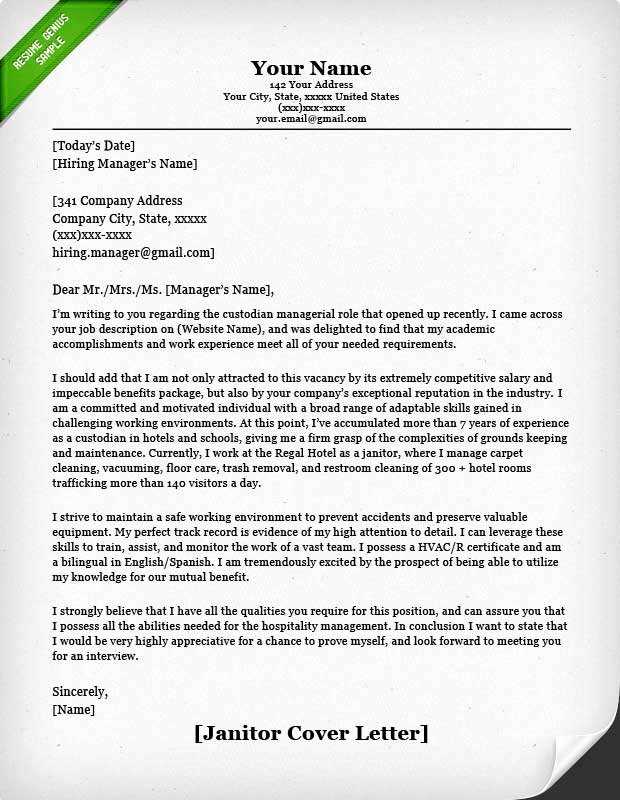
A well-crafted prospecting cover letter can set you apart from the competition. The key is to focus on how you can add value to the company, rather than just highlighting your skills. Start by addressing the hiring manager directly and making a connection between your background and the company’s needs.
Clearly state why you’re interested in the position and what you bring to the table. Don’t just repeat your resume; explain how your previous experiences align with the company’s goals and how you can solve their challenges. This shows you’ve done your homework and are genuinely invested in the opportunity.
Keep your tone confident but respectful. Avoid sounding too formal or too casual. Be direct and to the point, but also let your enthusiasm show. Employers appreciate a letter that conveys a personal touch and a genuine interest in the role.
In the closing paragraph, make sure to include a call to action. Mention that you look forward to discussing the position further and thank the employer for considering your application. Be polite but assertive, showing that you’re eager to move forward in the process.
Prospecting Cover Letter Template
Keep your prospecting cover letter short and direct. Focus on addressing the recipient’s needs and showing how you can help meet them. Highlight your relevant skills and experiences in a way that directly ties into the job or project you’re aiming for. Show that you’ve done your research by mentioning specifics about the company or individual, demonstrating your genuine interest in their work. Offer a solution or benefit right away to make your letter stand out from the rest.
Use clear, confident language and avoid jargon. Include your contact information and an invitation to discuss how you can contribute. Close with a strong, concise call to action, making it easy for them to respond.
How to Address the Hiring Manager Properly
Use the hiring manager’s full name if you know it. “Dear [Full Name]” is the most respectful and professional approach. If you’re uncertain about the person’s gender, it’s safest to use their full name without a title, such as “Dear Taylor Morgan.” This avoids making incorrect assumptions.
Use Titles When Appropriate
If the hiring manager holds a specific title, like Dr., Professor, or Chief, use it in your greeting. Addressing them with the correct title demonstrates respect for their position. For example, “Dear Dr. Smith” is preferable to just “Dear Smith.”
Addressing Unknown Hiring Managers
If the name of the hiring manager is not provided, opt for a more generic greeting. “Dear Hiring Manager” or “Dear [Company Name] Team” works well in this situation. Avoid using “To whom it may concern,” as it sounds outdated and impersonal.
Crafting a Compelling Opening Sentence
Your opening sentence should immediately capture attention. Focus on a strong, direct statement that conveys your enthusiasm for the position and your unique qualifications. Aim for a sentence that is specific, making it clear why you are interested in the role and how your skills align with the company’s needs.
Start with a Relevant Fact or Achievement
Begin with a notable achievement that demonstrates your skills and experience. If possible, link it directly to the job you are applying for. This could be a project you’ve led, a measurable result you’ve achieved, or a challenge you’ve overcome that directly applies to the role.
Connect to the Company’s Mission or Needs
After stating your qualifications, quickly connect them to the company’s objectives or values. This shows that you’ve done your research and are genuinely interested in how you can contribute to their success.
Highlighting Relevant Skills and Experience
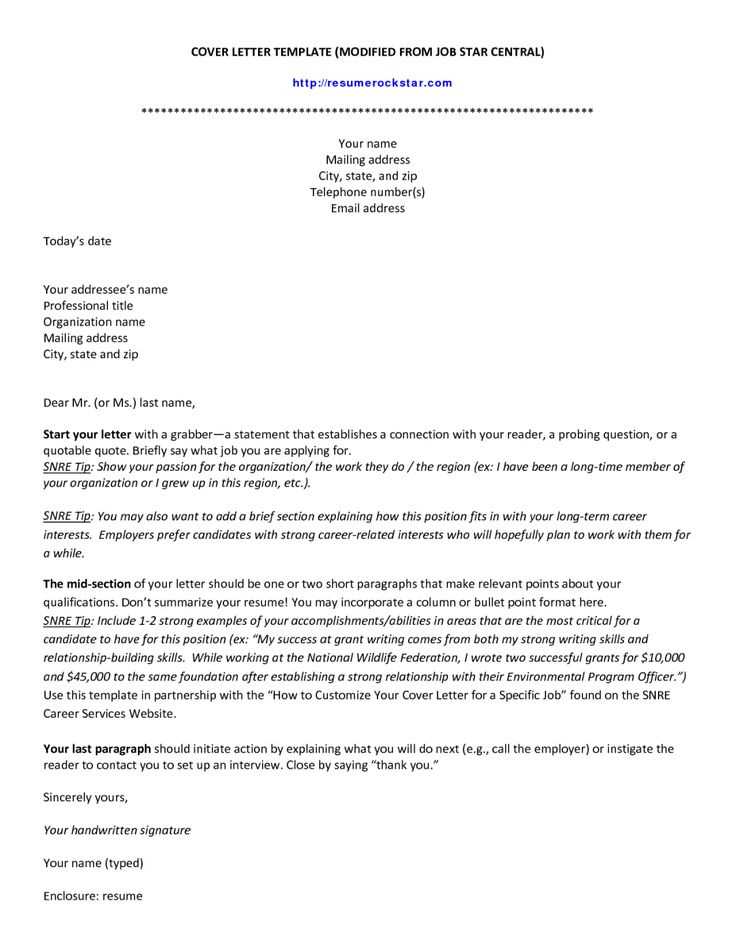
Focus on specific skills and achievements that directly relate to the job you’re applying for. Tailor your examples to show how your background aligns with the position’s key responsibilities. Use concrete numbers, metrics, or project results to quantify your success and demonstrate the impact of your work.
- Technical Expertise: Highlight specific software, tools, or methods you excel in. For example, “Managed a team of developers using Agile, increasing project delivery speed by 30%.” This demonstrates hands-on knowledge and effectiveness.
- Problem-Solving: Illustrate situations where you’ve faced challenges and used your skills to resolve them. For example, “Identified and fixed a recurring issue in customer reports, saving the team 10+ hours per week.” This conveys your ability to solve real-world problems.
- Communication: Show how you’ve worked with diverse teams or clients. A statement like “Coordinated with cross-functional teams to streamline processes, reducing project time by 20%” reveals your ability to collaborate and lead.
- Leadership: If applicable, provide examples where you’ve led projects or initiatives. For instance, “Led a marketing campaign that boosted online engagement by 50% in six months.” This demonstrates your capacity to manage and influence outcomes.
By incorporating these elements, your cover letter becomes more than a list of qualifications. It turns into a targeted showcase of your most relevant experiences, giving employers a clear picture of how you can contribute to their team.
Demonstrating Knowledge of the Company
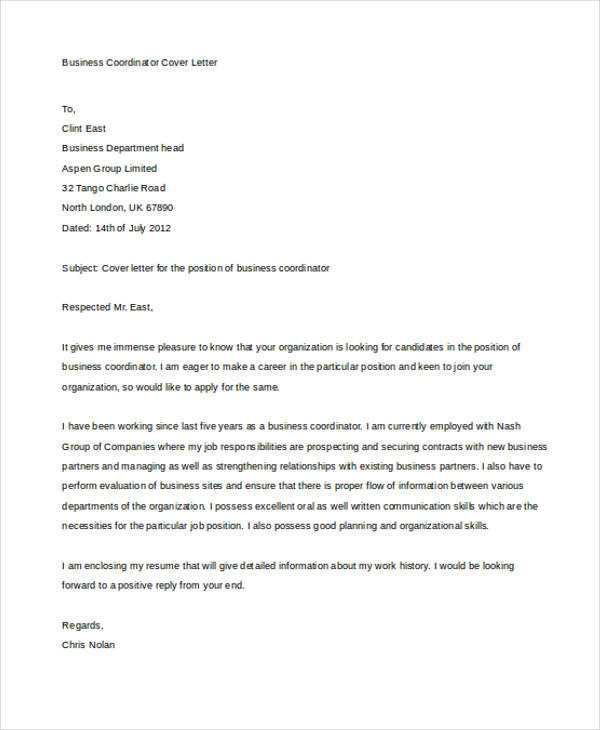
Show the company that you’ve taken the time to learn about them. Reference specific products, services, or projects they’ve worked on. This demonstrates a genuine interest in their work and highlights your attention to detail.
- Research recent news or developments related to the company. Mention any initiatives, new products, or partnerships that align with your skills.
- Use language that aligns with the company’s culture. If their brand focuses on innovation, highlight how your background matches that mindset.
- Recognize the company’s values or mission statement and explain how your goals and work ethic align with them.
- Identify challenges the company may be facing, and briefly suggest how your experience could help address these issues.
End by expressing your enthusiasm for the opportunity to contribute to their continued success and growth. Avoid general phrases, and instead focus on making a connection that speaks to their specific needs and aspirations.
Structuring Your Call to Action
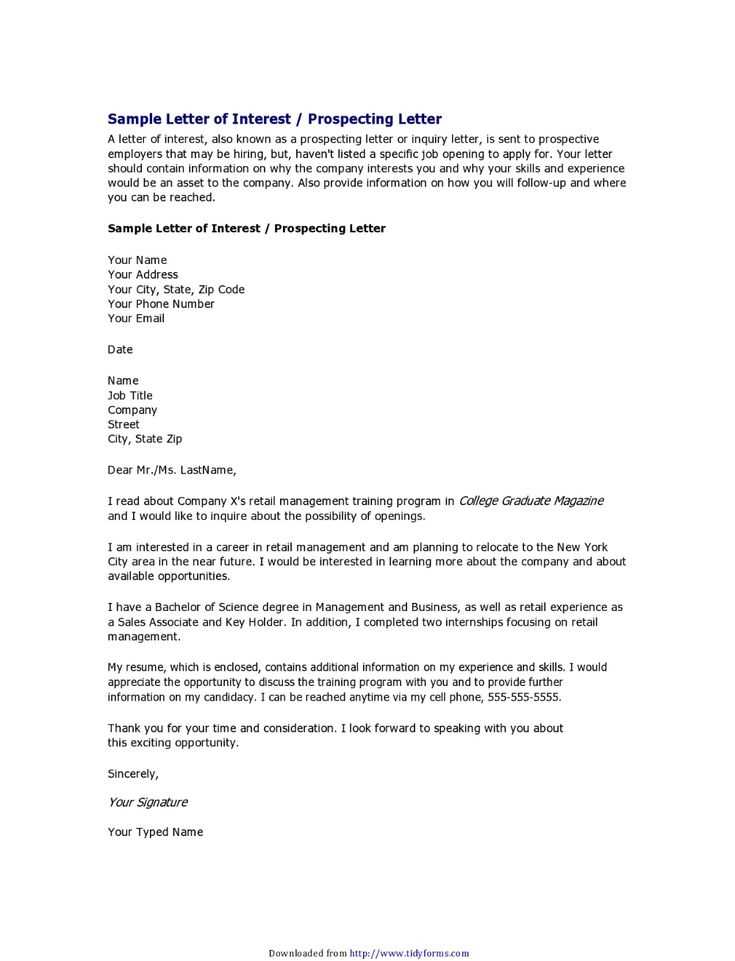
Keep your call to action (CTA) clear and direct. Avoid vague language. Ask your reader to take a specific action, such as scheduling a meeting, replying to your email, or visiting your website. This removes any ambiguity and gives your recipient a clear next step.
Use a strong verb that conveys urgency without being forceful. Phrases like “Let’s schedule a quick chat” or “Click here to learn more” move the reader toward the desired outcome in a friendly way.
Incorporate a benefit or reason to act. This could be a limited-time offer, an invitation to an exclusive event, or access to valuable insights. People are more likely to respond when they see immediate value.
Place your CTA near the end of your letter but leave space for the reader to process it. The CTA should be the final prompt before closing, not buried in the middle of a dense paragraph. This ensures it gets the attention it deserves.
Test different CTAs to see which resonates best with your audience. A/B testing can help refine your approach and increase response rates.
Final Touches: Proofreading and Personalization
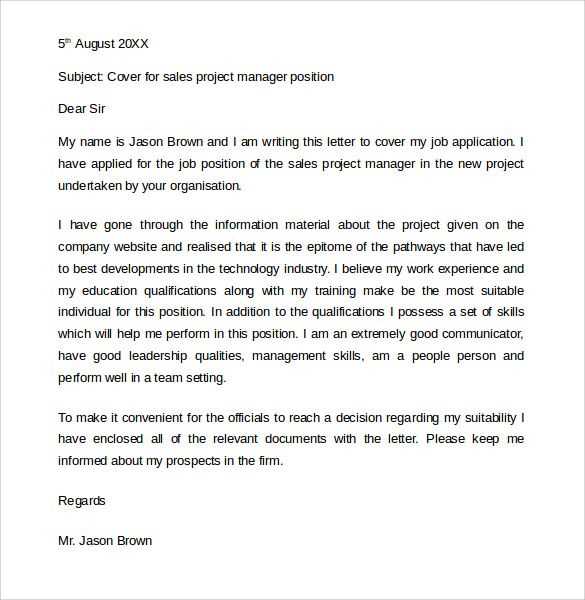
Check for any spelling or grammar mistakes in your letter. Even small errors can create a negative impression. Read through your text carefully, and use a tool like Grammarly or a similar proofreading app to catch any overlooked issues.
Tailor your letter to the specific role or company. Generic letters are less likely to grab attention. Adjust the language to reflect the company’s culture and values. If possible, mention a project or initiative you admire within the organization.
Key Areas to Focus On
| Area | What to Look For |
|---|---|
| Spelling and Grammar | Look for typos, incorrect word usage, or awkward phrasing. Run the text through a spellchecker. |
| Sentence Structure | Ensure each sentence flows logically. Break up long sentences into shorter ones if needed. |
| Consistency | Check for consistent tone and language, ensuring it aligns with the job description or industry standards. |
Personalization Tips
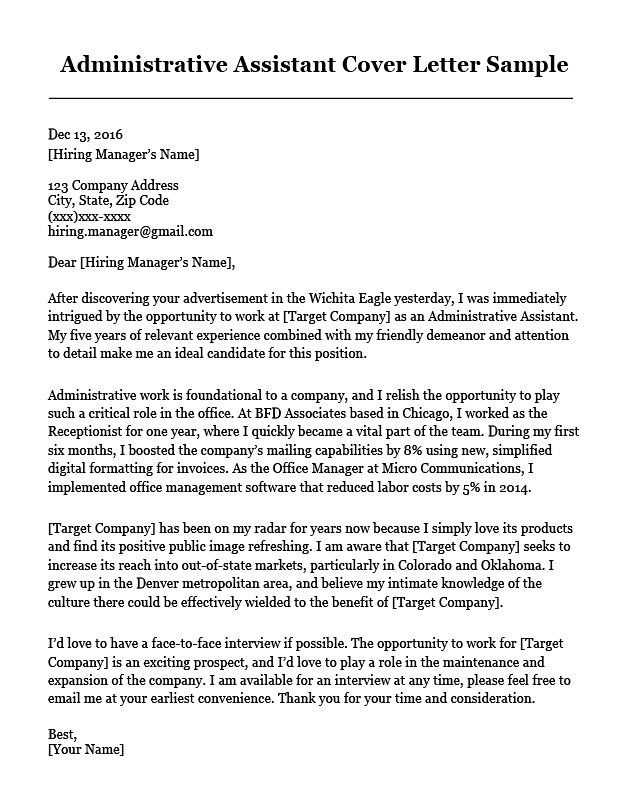
Refer to the hiring manager by name if possible. Personal connections or mentioning mutual acquaintances or experiences can help build rapport.
Finally, make sure the letter reflects your enthusiasm for the position and your understanding of how you can contribute. A personal touch will stand out and show that you’ve done your research.